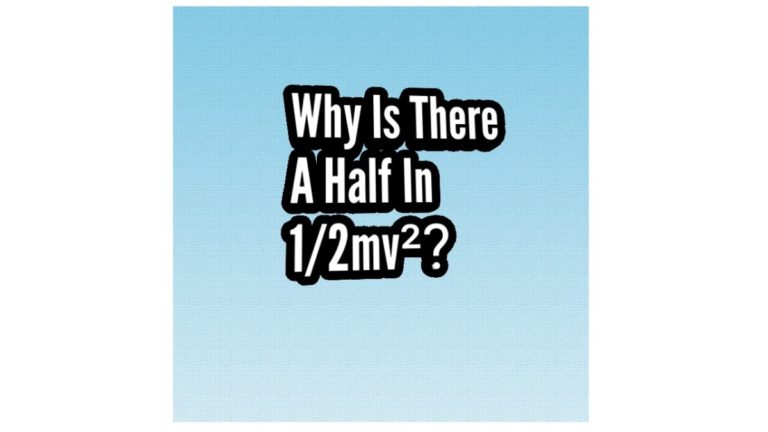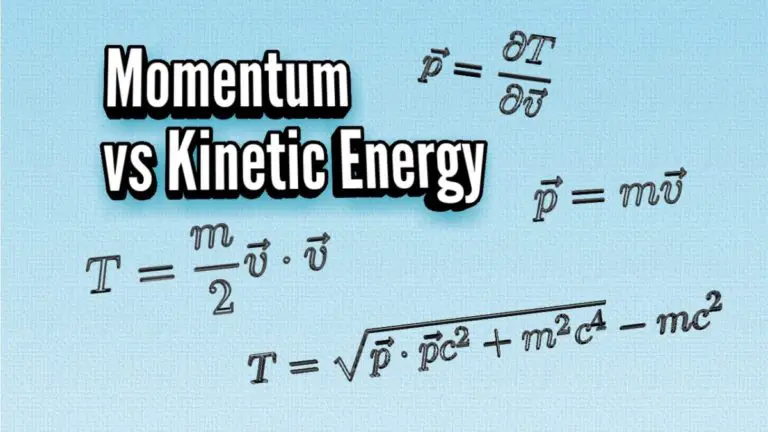Can Acid Dissolve Glass? The Science Explained
Acids, especially the stronger ones, can dissolve lots of different substances and materials. Glass, however, is not easily dissolved by most substances, but would it be possible for an acid to dissolve it?
In short, acid can dissolve glass. However, only a few acids, mainly acids containing the element fluorine, are corrosive enough to properly dissolve glass. An example of this is hydrofluoric acid, which is able to react with the compound silicon dioxide found in glass, thus dissolving it.
However, when it comes to most other acids, glass is almost completely unaffected by them. Only a handful of acids actually meet the chemical requirements for glass to be dissolved.
Table of Contents
Which Acids Can Dissolve Glass?
Only certain kinds of acids are actually able to dissolve glass, but what types of acids specifically?
Generally, acids that can dissolve glass are those containing the element fluorine. This is due to the chemical ability of fluorine to break silicon dioxide bonds found in glass. Examples of acids that can dissolve glass are hydrofluoric acid, fluorosulfuric acid and fluoroantimonic acid.
Below is a table of acids that can dissolve glass as well as their chemical formulas:
| Acid Capable Of Dissolving Glass | Chemical Formula |
|---|---|
| Hydrofluoric Acid | HF |
| Fluoroantimonic Acid (superacid) | H2FSbF6 |
| Antimony Pentafluoride | SbF5 |
| Fluorosulfuric Acid | HSO3F |
| Fluoroboric Acid | HBF4 |
Later in the article, you’ll find more information about how these specific acids actually react with and are able to dissolve glass.
Why Is Glass Not Affected By Most Acids?
Glass is a common material used to store acids, since it is highly resistant to most acids. But why exactly is glass not really affected by most acids?
Glass is not affected by acid as it has a very strong and stable atomic structure. This is because the most common material in glass, silicon dioxide, is a particularly non-reactive substance due to its strong chemical bonds, making glass highly resistant to most acids.
Now, in order for glass to be dissolved by something, there would have to be a chemical reaction taking place.
The dissolution of glass (or any other solid for that matter), really just means the breaking of chemical bonds on an atomic level.
Now, the most common material that most glass is made of is silicon dioxide or silica, which has the chemical formula SiO2. This is a molecule made of a silicon atom and two oxygen atoms.
The chemical bond that is between the silicon atom and the oxygen atoms is quite strong, which means that it can’t be broken easily. This, on the other hand, means that glass is generally quite resistant to most acids.
In the context of glass and an acid, the silicon dioxide of which the glass is made of has to react with the compounds found in the acid in order for the glass to dissolve.
Most acids actually aren’t corrosive enough to do this, with the exception of those that contain fluorine.
A typical real-world example of this is sulfuric acid, which is usually stored in glass containers.
Sulfuric acid, H2SO4, is not able to dissolve glass, which is why it can be safely stored in a glass container. This is because sulfuric acid is simply not corrosive enough to eat through the extremely strong silicon dioxide (SiO2) bonds that are the main component found in glass.
Why Are Fluorine-Based Acids Able To Dissolve Glass?
Pretty much the only acids that are actually able to dissolve glass (react with the silicon dioxide) are those that contain the element fluorine.
The reason that acids containing fluorine can dissolve glass is because fluorine has a very strong ability to attract electrons to itself (which is how chemical bonds are made; by “sharing” electrons between two atoms).
This ability is called electronegativity and it is essentially an indicator of how easily two atoms will react.
The bigger the electronegativity difference between two atoms, the stronger one of the atoms will attract electrons to itself and the easier a chemical bond will form between the two.
Below is a table of some of the electronegativity values of different elements. To get the electronegativity difference between two elements, simply take the larger value minus the smaller value.
| Element | Electronegativity |
|---|---|
| Silicon (Si) | 1.9 |
| Oxygen (O) | 3.4 |
| Hydrogen (H) | 2.2 |
| Chlorine (Cl) | 3.2 |
| Fluorine (F) | 4.0 |
From this table, we can see that fluorine and silicon have a larger electronegativity difference (4.0 – 1.9 = 2.1) than silicon and oxygen (3.4 – 1.9 = 1.5).
Now, this means that when a fluorine-based acid comes in contact with glass (silicon dioxide), the fluorine atom will pull the electrons stronger to itself and thus, the bond between silicon and oxygen will break and the glass will dissolve.
The large electronegativity difference between fluorine and silicon is exactly why pretty much only fluorine-based acids can dissolve glass and something like hydrochloric acid can’t, even though it’s a very strong acid.
Most extremely strong acids can, because of this reason, be safely stored in a glass bottle or container.
The bottom line is that in order for an acid to be able to dissolve glass, it has to be a fluorine-based acid.
How Do Different Acids Dissolve Glass?
Here I’ve explained how the different fluorine-based acids react with glass to dissolve it as well as some of the chemical reactions taking place.
Hydrofluoric Acid
Possibly the most common one is hydrofluoric acid (HF), which is made of fluorine and hydrogen that make for an acid once they are mixed into a water solution.
Hydrofluoric acid does indeed dissolve glass very effectively, eventually leaving nothing of it left.
The way this reaction works is based on the fact that fluorine has such a high electronegativity (the ability to attract electrons).
It will literally steal the silicon atoms from the silicon dioxide and form new bonds with it making a substance called silicon tetrafluoride. This is the chemical reaction that occurs:
4\ HF+SiO_2\ \rightarrow\ SiF_4+2\ H_2OThere is also another option for a reaction that may happen, which will instead form hexafluorosilicic acid:
6\ HF+SiO_2\ \rightarrow\ H_2SiF_6+2\ H_2OBoth of these reactions dissolve the silicon dioxide (glass) in the process. This is because the compounds made in the reaction (silicon tetrafluoride and hexafluorosilicic acid) will both dissolve in the water that is also produced in the reaction.
The most interesting thing here might be the fact that hydrofluoric acid is not even considered to be a strong acid, yet it still has an extremely strong ability to dissolve many things, including glass.
Here’s a cool example of what might happen to a light bulb placed in hydrofluoric acid:
Fluoroantimonic Acid
Another glass-dissolving acid (which is also fluorine-based) is fluoroantimonic acid (H2FSbF6).
Fluoroantimonic acid is a superacid that is easily trillions of times stronger than hydrofluoric acid (by definition, not even exaggerating) and it is generally considered the strongest acid in the world.
Here’s an interesting video that explains the idea of a superacid a little bit more:
So, needless to say, this acid will easily dissolve glass. Pretty much the only way to store fluoroantimonic acid is in a teflon container, since teflon is made up of some very strong carbon-fluoride bonds, so even this superacid won’t dissolve it.
Antimony Pentafluoride
Another acid that will dissolve glass it comes in contact with is antimony pentafluoride (SbF5). The catch here is that its water solution (acids are usually water solutions) will actually form hydrofluoric acid.
This is because antimony pentafluoride will react with water to form hydrogen fluoride (= hydrofluoric acid) in either of the following ways (the second one typically requiring some heat as well):
SbF_5+H_2O\ \rightarrow\ 2\ HF+SbOF_3\\2\ SbF_5+5\ H_2O\ \rightarrow\ 10\ HF+Sb_2O_5The hydrofluoric acid formed will then react with the silicon dioxide in glass, dissolving it. This is why for example, the U.S. National Library of Medicine recommends not storing antimony pentafluoride in a humid or moisty environment (as moisture contains water) nor glass containers.
Fluorosulfuric Acid
Fluorosulfuric acid (HSO3F) works pretty much the same way as the antimony pentafluoride explained above. Once it comes in contact with water, it will form hydrofluoric acid as well as sulfuric acid with the following reaction:
HSO_3F+H_2O\ \rightarrow\ HF+H_2SO_4This, of course makes its water solution able to dissolve glass. If heated (to about 900 °C), fluorosulfuric acid will also break down into hydrogen fluoride and some other stuff.
Fluoroboric Acid
Fluoroboric acid is a strong acid with the chemical formula HBF4, however pure fluoroboric acid actually can’t directly dissolve glass. If heated, it will again decompose to hydrogen sulfide, thus being able to dissolve glass.
If made into a water solution, fluoroboric acid will react with the water molecules and the result is again hydrofluoric acid, making its water solution glass-dissolving.


